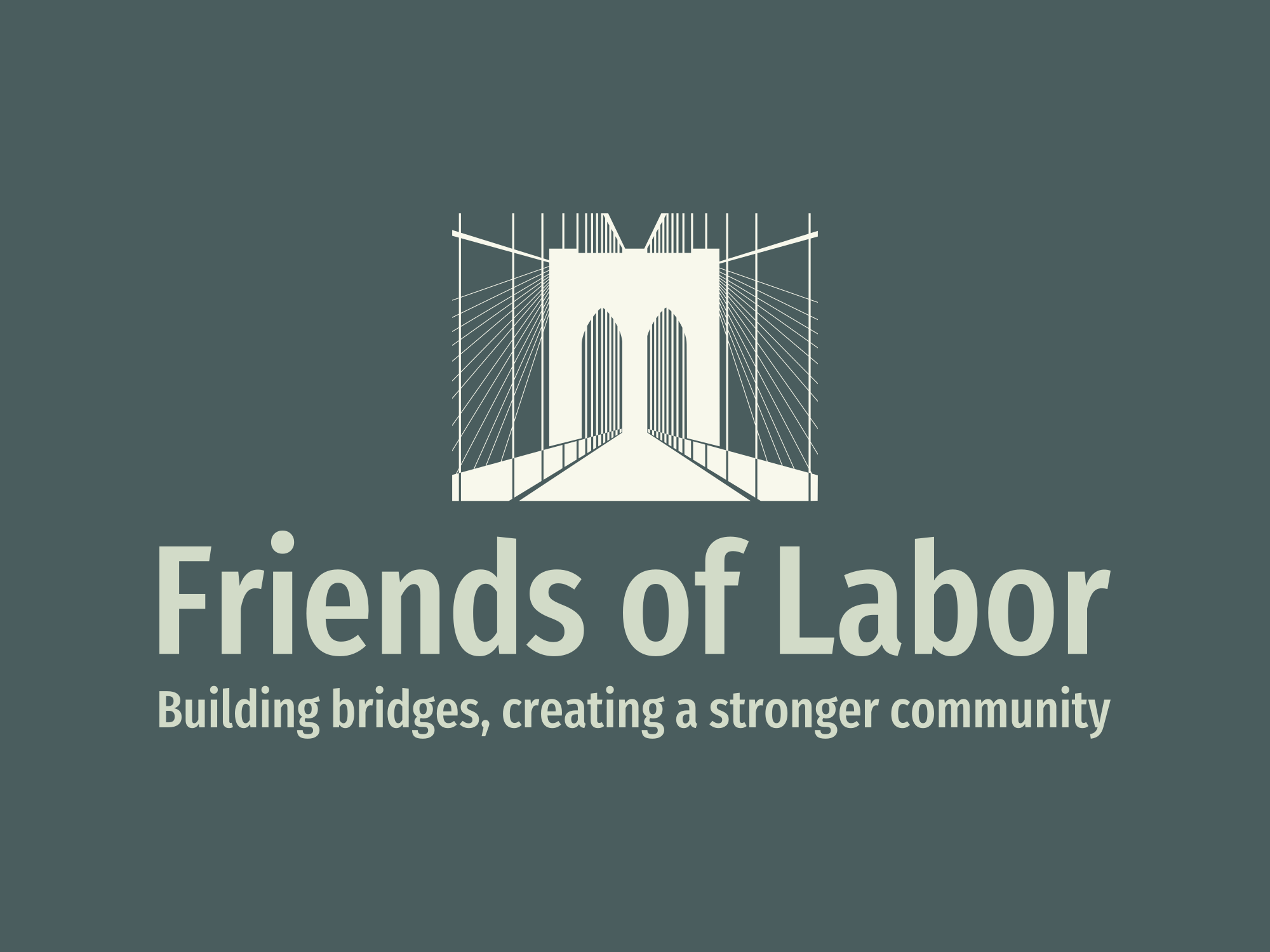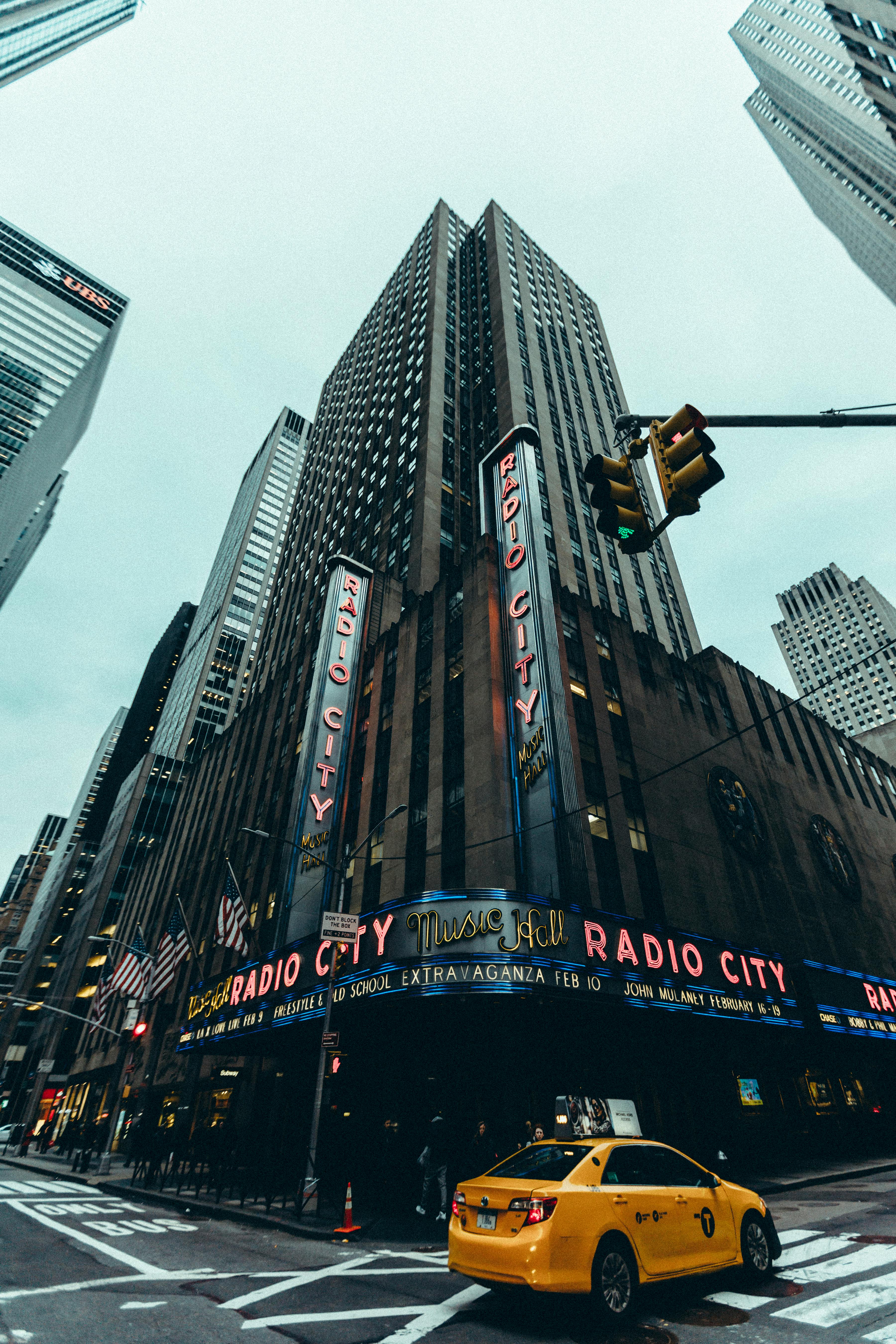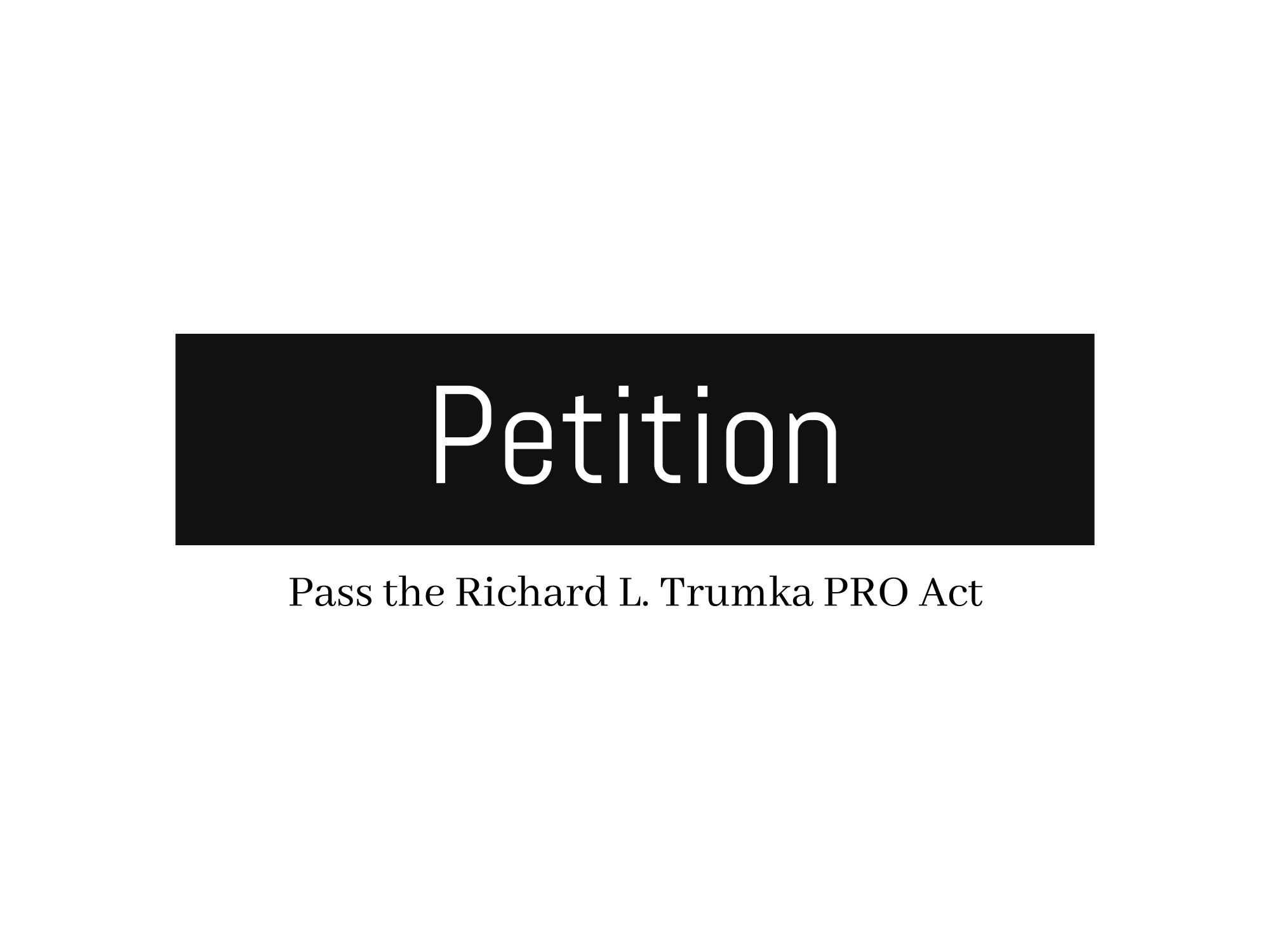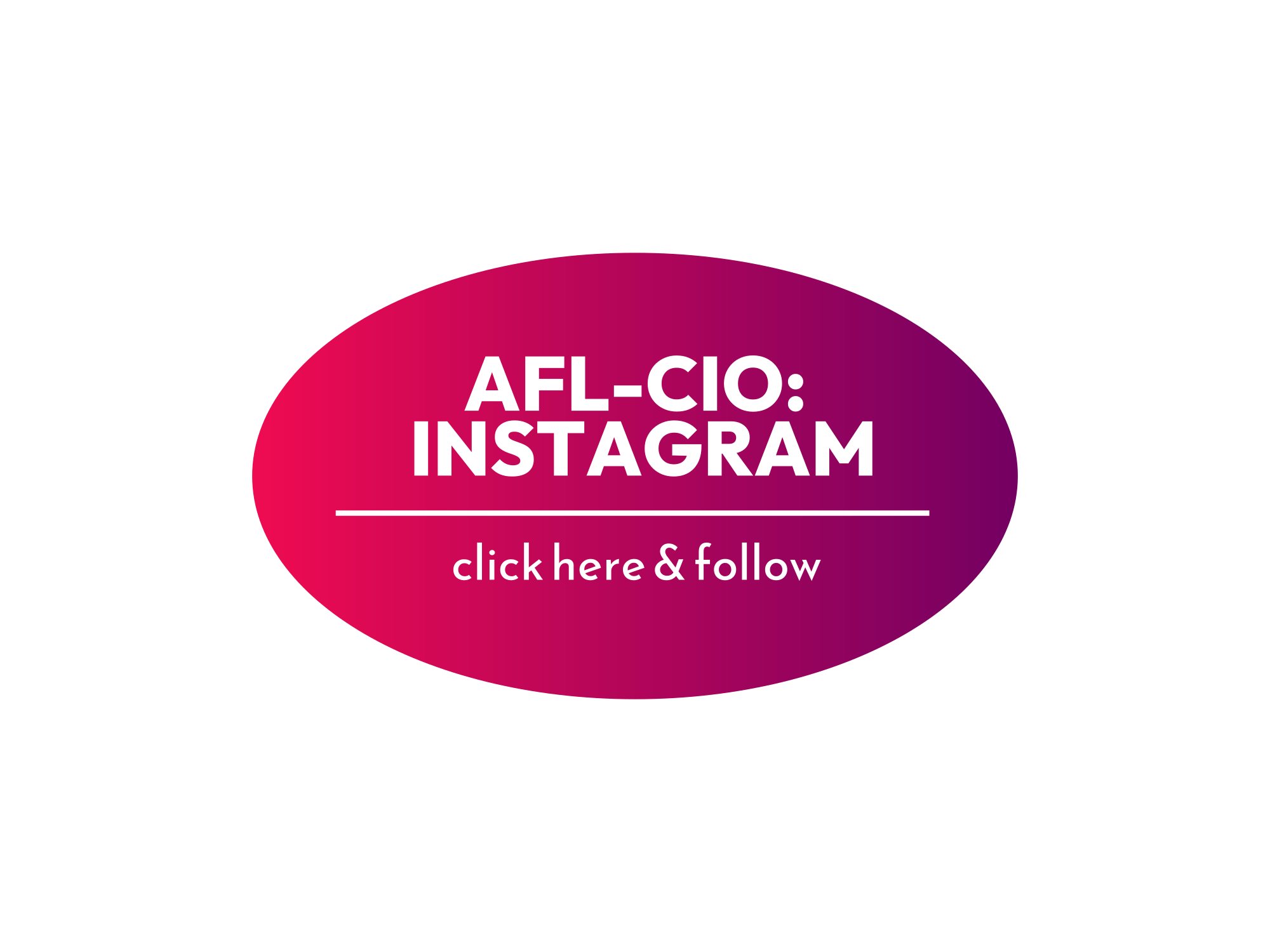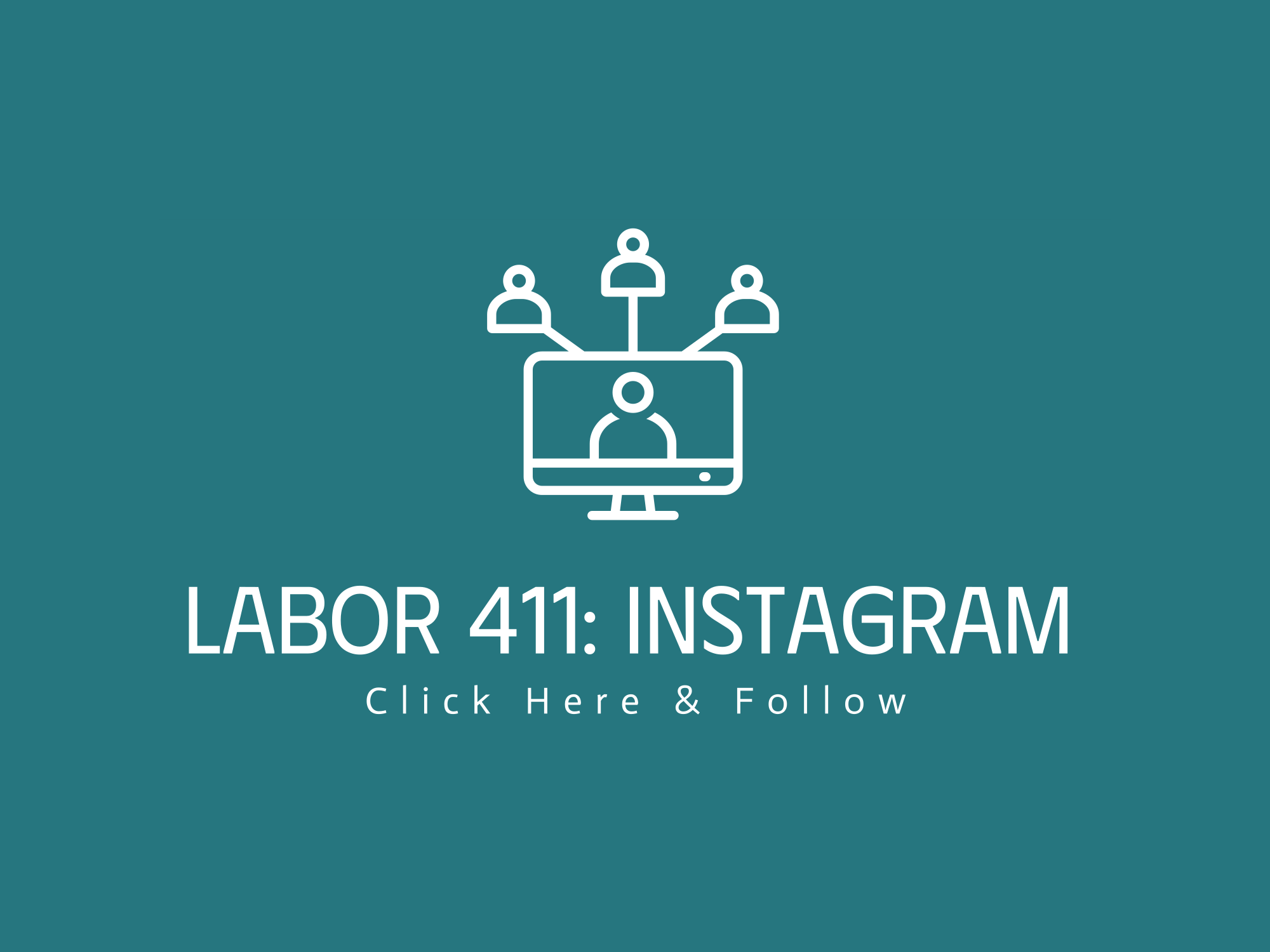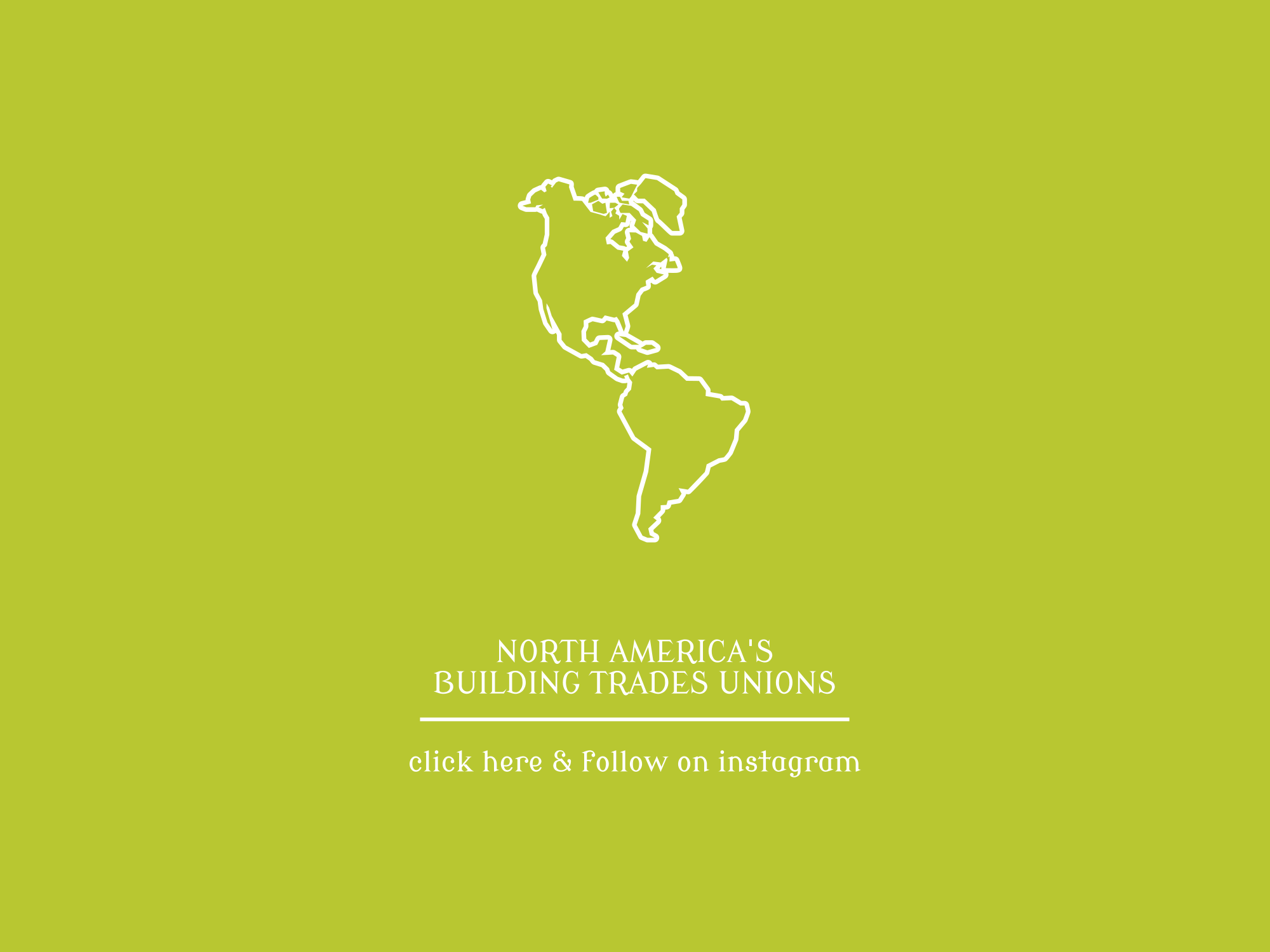Friends of Labor
The “friends of labor” were an important group of political and social advocates who championed the rights and interests of workers during the late 19th and early 20th centuries in the United States. This diverse coalition consisted of progressive reformers, labor union organizers, sympathetic politicians, and everyday citizens who recognized the immense challenges and injustices faced by the nation’s working class. Driven by a shared belief in the dignity of labor and the need for greater economic and social equality, the friends of labor fought tirelessly to improve workplace conditions, raise wages, limit child labor, establish the eight-hour workday, and enshrine other critical protections into law. They organized massive rallies, strikes, and boycotts to draw public attention to the plight of factory workers, miners, and other laborers struggling to survive on meager earnings in the face of ruthless industrialists and robber barons. These impassioned activists also ran for political office, secured seats in state legislatures and Congress, and leveraged their influence to pass landmark legislation like the Sherman Antitrust Act and the Clayton Antitrust Act, which helped curb the power of monopolies and corporate monopolies. While they did not always achieve their goals, the friends of labor played a pivotal role in giving a voice to the voiceless and laying the groundwork for the modern labor movement and workers’ rights as we know them today.
Anti Labor Laws
Throughout the history of the United States, various laws have been enacted that have significantly undermined the power and influence of labor unions, ultimately limiting their ability to effectively advocate for the rights and interests of workers. One of the most damaging pieces of legislation in this regard was the Taft-Hartley Act of 1947, which placed severe restrictions on the activities and organizing tactics that unions could employ. This law banned certain types of strikes, prohibited unions from making political contributions, and allowed states to pass “right-to-work” laws that undercut union membership and funding. More recently, the Supreme Court’s 2018 Janus v. AFSCME decision dealt another major blow, ruling that public sector workers could not be required to pay union dues, drastically reducing the resources available to these organizations. Additionally, a number of states have passed laws in recent years that have further eroded union power, such as prohibitions on collective bargaining for public employees. The cumulative effect of these legislative and judicial actions has been to severely weaken the labor movement in America, making it exponentially more difficult for workers to band together, negotiate better wages and benefits, and hold employers accountable. As a result, income inequality has soared, worker protections have diminished, and the ability of unions to give a voice to the interests of the working class has been significantly diminished.
The Middle Class & Labor Unions: You can’t have one without the other
The decline of the American middle class has been a troubling trend in recent decades, and one of the primary drivers behind this phenomenon has been the steady erosion of labor unions across the country. For much of the 20th century, labor unions played a vital role in securing decent wages, benefits, and working conditions for millions of American workers, giving them a powerful collective voice to negotiate with employers and safeguard the interests of the middle class. However, as union membership has steadily declined from its peak in the 1950s, employers have gained increasing leverage, leading to stagnant wages, the erosion of benefits, and a widening gap between the highest and lowest earners. Without the counterbalancing influence of strong unions, corporations have been able to prioritize profits over worker protections, outsourcing jobs, automating tasks, and shifting more of the financial burden onto employees through reduced pensions and healthcare coverage. This has made it increasingly difficult for working families to maintain a comfortable middle-class lifestyle, as the cost of living has risen faster than wages in many sectors. Ultimately, the decline of unions has played a central role in the middle class squeeze, depriving workers of the collective bargaining power needed to secure their fair share of the economic pie and preserve the stability and prosperity that defined the American middle class for much of the 20th century.
Unions Need To Be Protected
The need for robust labor laws and protections is essential for the growth and strengthening of the American middle class. Labor unions have historically played a vital role in securing fair wages, safe working conditions, and crucial benefits like healthcare and retirement plans for workers across a wide range of industries. However, in recent decades, the power and influence of unions have diminished significantly due to a combination of anti-labor legislation, corporate pressure, and a shifting economic landscape that has increasingly favored the interests of the wealthy elite over the working class. This erosion of union membership and collective bargaining rights has contributed to the alarming rise in income inequality, as the fruits of increased productivity and corporate profits have disproportionately flowed to company executives and shareholders rather than being shared equitably with the employees whose hard work and labor make that success possible. Reinvigorating and protecting the rights of labor unions through updated, progressive laws is therefore a matter of critical importance if we hope to rebuild a thriving, secure middle class that serves as the backbone of a healthy, democratic society. Robust union protections empower workers to negotiate for better pay, benefits, and working conditions, helping to counterbalance the immense political and economic influence wielded by large corporations and the wealthy elite. By enshrining the right to organize, collectively bargain, and strike into law, we can restore balance, fairness, and opportunity for millions of hardworking Americans, revitalizing the middle class and strengthening the foundations of the American Dream.

